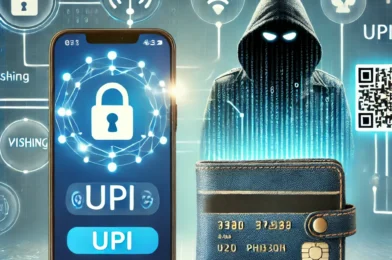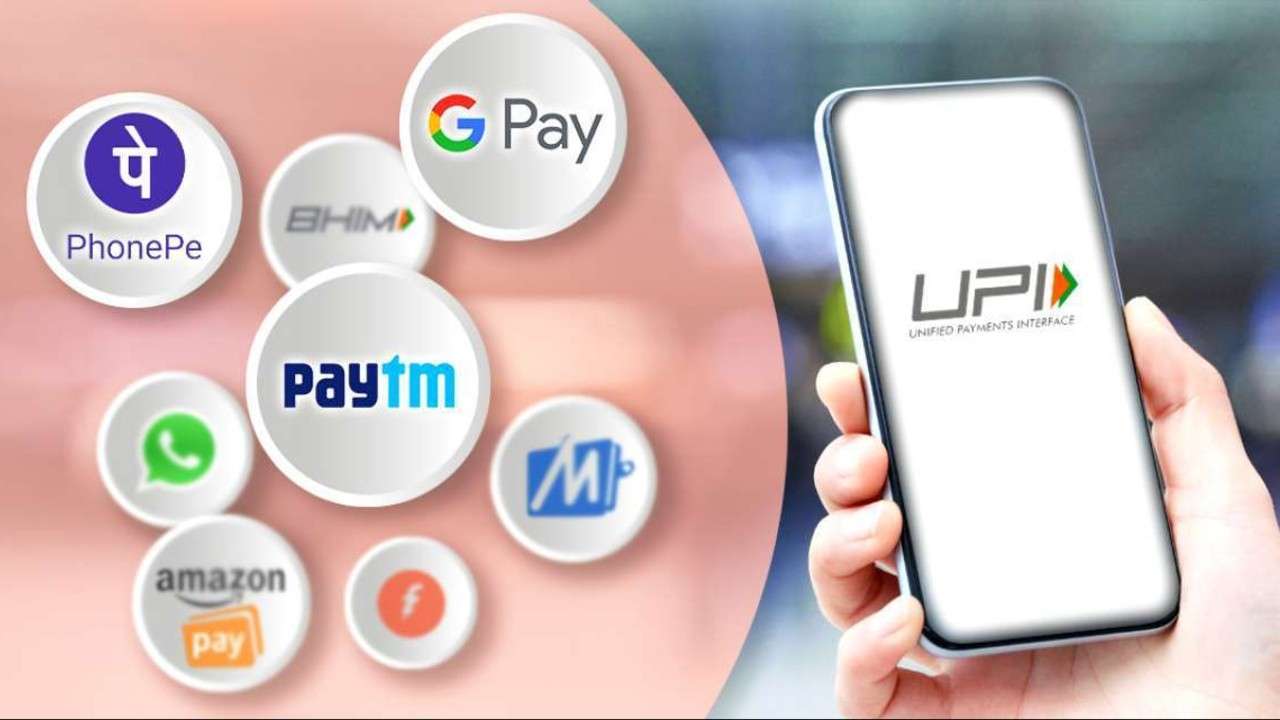In recent years, the Unified Payments Interface (UPI) has transformed how people in India handle digital transactions, offering a fast, convenient, and secure payment solution. NRIs (Non-Resident Indians) can also benefit from this platform, making it easier to send money back home without the extra fees that often come with international transfers. Here’s a step-by-step guide on how NRIs can use UPI to make fee-free transactions to people in India.
What is UPI?
UPI (Unified Payments Interface) is a digital payment system developed by the National Payments Corporation of India (NPCI) that allows for real-time money transfers between bank accounts via a mobile app. This system operates without needing additional bank information, such as account numbers or IFSC codes, as users can make payments using a Virtual Payment Address (VPA), often their mobile number or a unique identifier.
Benefits of Using UPI for NRIs
- No Transfer Fees: Unlike most international money transfer services, UPI does not charge NRIs for transactions to people in India, making it highly cost-effective.
- Instant Transactions: UPI provides instant transfer capabilities, meaning money reaches recipients immediately, avoiding typical transfer delays.
- 24/7 Availability: UPI operates 24/7, allowing NRIs to send money at any time of day.
- Ease of Use: With simple setup and use, UPI is widely accepted across India, making it convenient for everyday transactions.
Requirements for NRIs to Use UPI
For NRIs to use UPI, they must meet a few requirements:
- Indian Bank Account: NRIs need an active bank account with an Indian bank that supports UPI transactions.
- Indian Mobile Number: A valid Indian mobile number is required and must be linked to the bank account.
- UPI-Enabled App: NRIs can choose from several UPI-enabled apps, such as Google Pay, PhonePe, or Paytm.
Setting Up UPI for NRIs
- Download a UPI App: Install a UPI-enabled app, like Google Pay or PhonePe, from the app store.
- Register with Mobile Number: Register with your linked Indian mobile number.
- Create a UPI ID: After verifying your number, create a unique UPI ID, which will serve as your payment address.
- Link Bank Account: Link your Indian bank account to the app. The app will fetch details automatically for supported banks.
How to Make UPI Transactions
Once set up, NRIs can make payments or send money by entering the recipient’s UPI ID, scanning a QR code, or selecting the contact within the app. Payments are secure and processed in real-time.
Tips for Safe UPI Transactions
- Avoid Sharing UPI PIN: Your UPI PIN is for authorization; keep it private.
- Verify Recipient Details: Double-check the recipient’s UPI ID to ensure funds go to the correct person.
- Enable App Security: Enable two-factor authentication or fingerprint/face ID for an added security layer.
Conclusion
UPI offers a powerful, no-fee solution for NRIs to send money quickly and securely to people in India. With simple setup and ease of use, UPI is becoming the preferred choice for NRIs looking for a cost-effective way to handle financial transactions with family, friends, or businesses in India.








